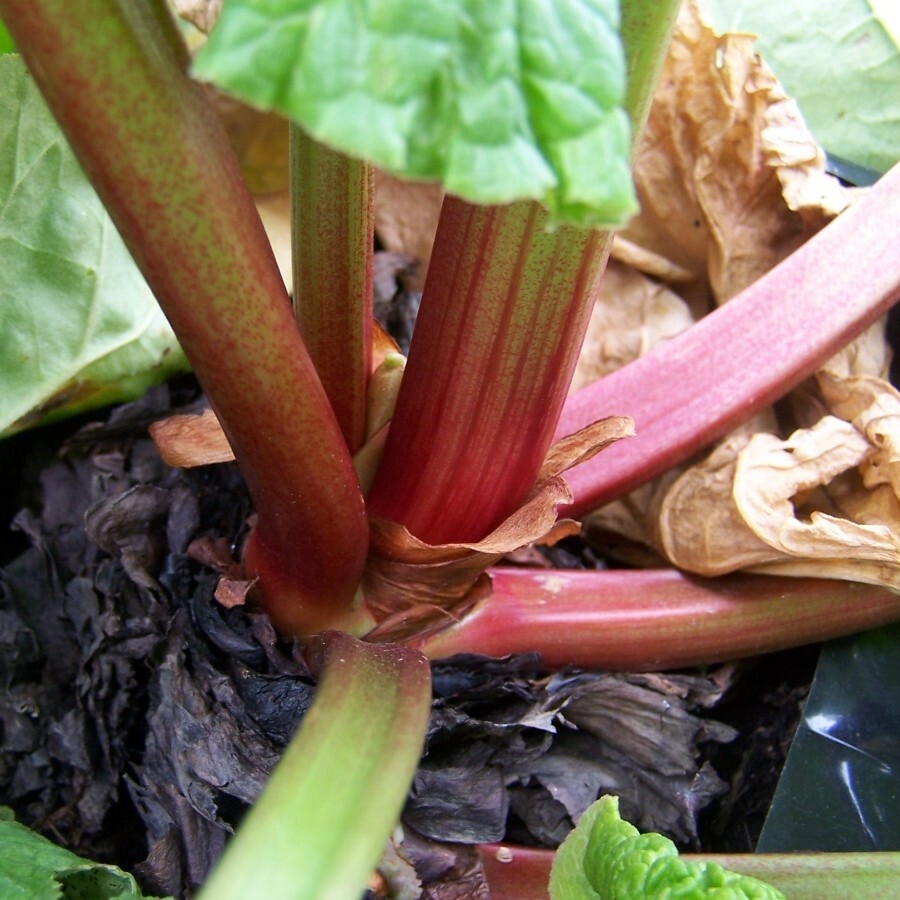
Rhubarb
Rhubarb is more correctly a vegetable that is eaten as a fruit. It grows best in well-drained, rich soils with plenty of manure, but is extremely hardy and easy to grow. The Chinese used Rhubarb root for medicinal purposes as far back as 3000 years ago, and it was later imported along the 'Silk Road', reaching Europe in the 14th century through Russia. However, the cost of transportation across Asia meant that it was many times the price of other herbs and spices such as cinnamon and saffron. In the sixteenth century rhubarb was grown in Britain in an attempt to process the drug here. Unfortunately - the wrong strain had been imported and its use in this country went into decline as it simply did not work.
Rhubarb was first used in English cooking in the late eighteenth century, probably in an attempt to get the benefits of the drug into the body, but only really gaining favour when the forcing process was accidentally discovered in the Chelsea Physic Gardens in 1817. Some roots that had been covered with soil in the depth of winter were producing tender shoots which were found to have a superior flavour and quality than anything ever seen before. Later on, in 1877 the forcing of rhubarb began in Yorkshire in the now intriguingly names 'Rhubarb Triangle'. The Whitwell family of Leeds are generally regarded as being the first large-scale grower, building special sheds that were erected just for the purpose of growing rhubarb out of season. The terminology 'Yorkshire Forced Rhubarb' now has 'Protected status' in the EU.

